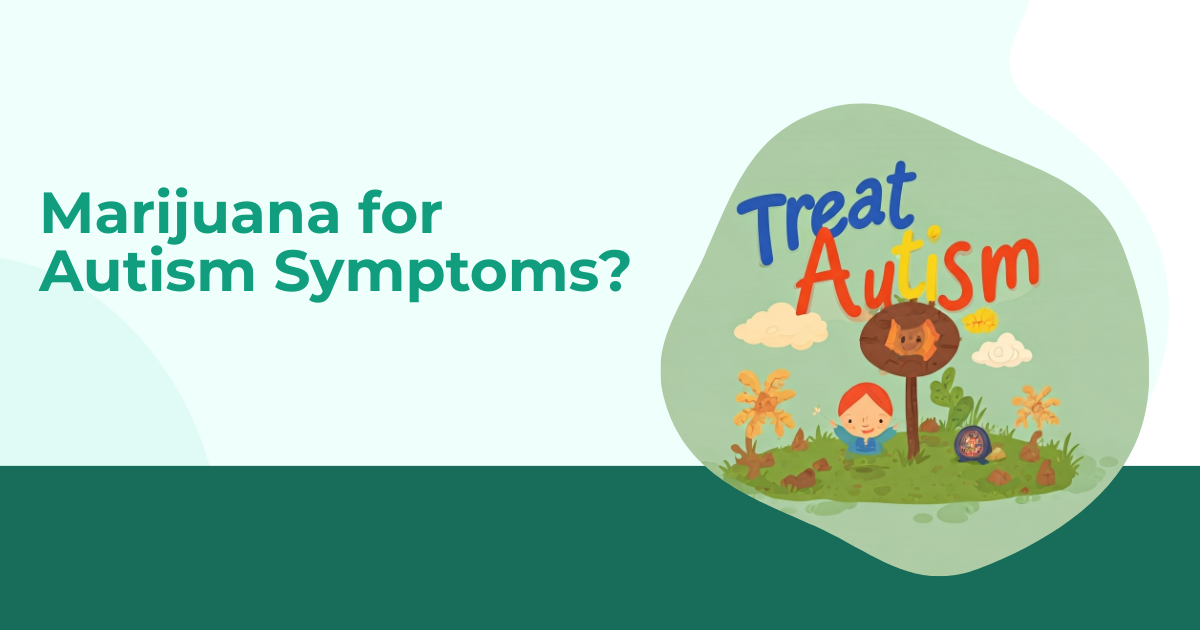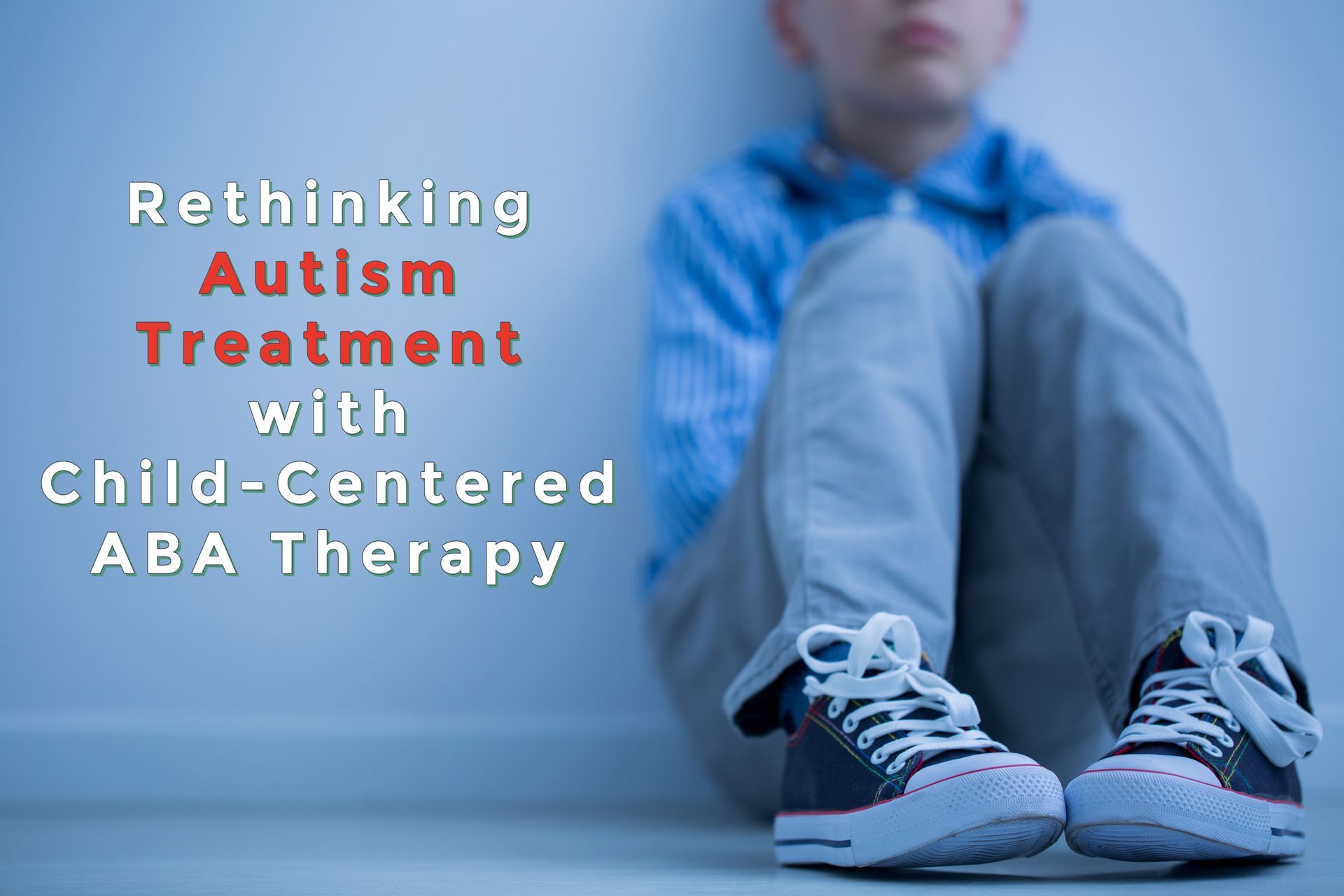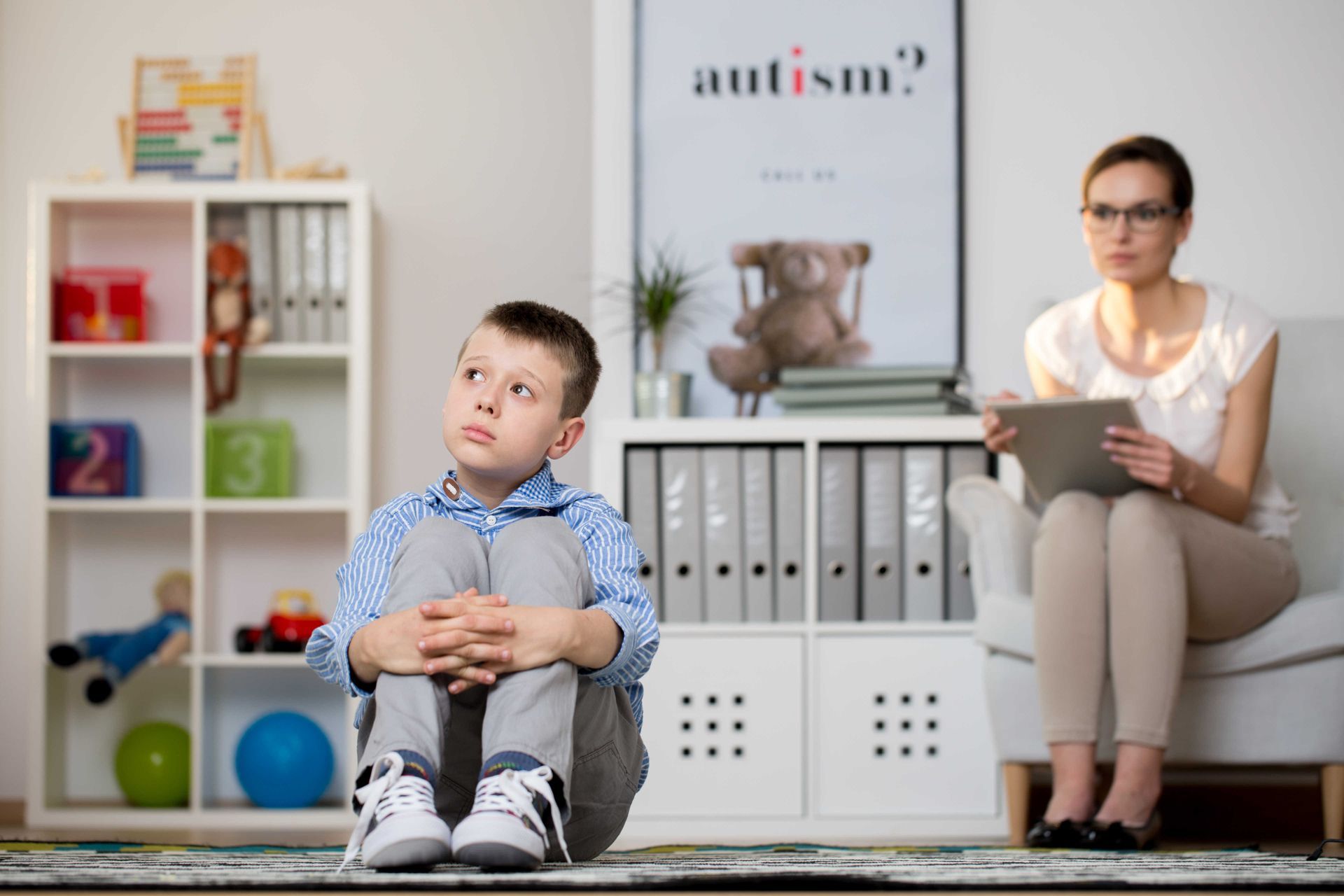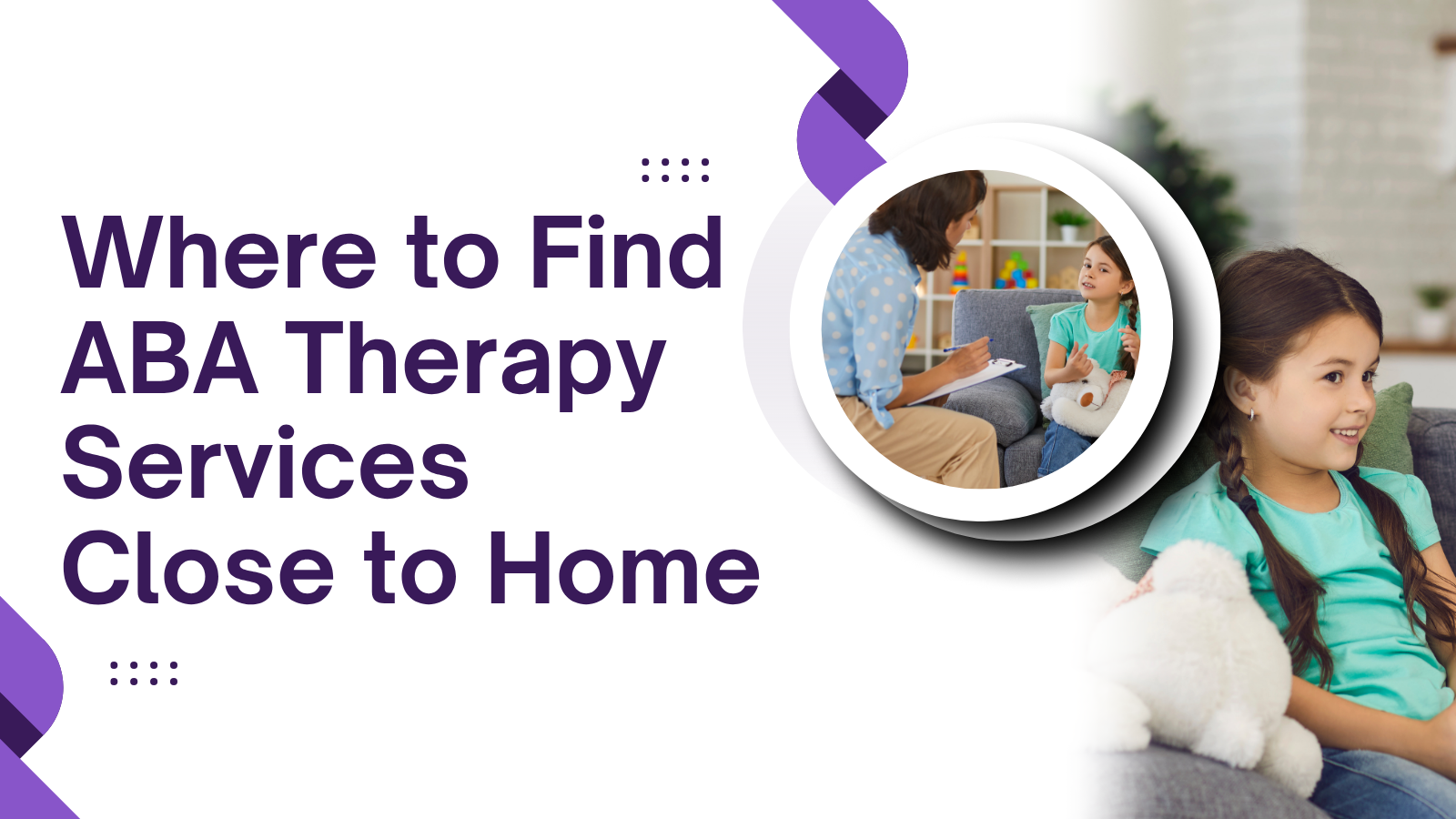Understanding Autism Spectrum Levels and Locating ABA Support Nearby
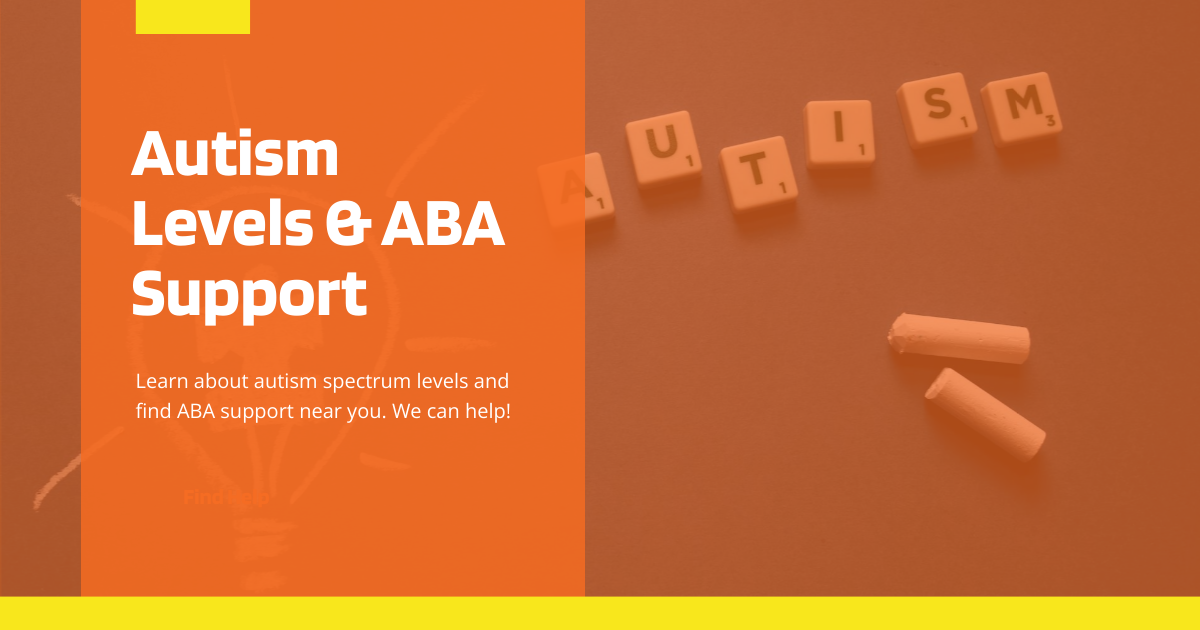
Autism Spectrum Disorder (ASD) is a complex developmental condition characterized by differences in social communication and behavior. It affects individuals in diverse ways and to varying degrees. To better understand the needs of each person, professionals classify the condition using a framework called autism levels. This classification helps tailor interventions and support, such as ABA applied behavior analysis, to meet individual needs effectively.
In this article, we will explore the different autism levels, what they mean in practical terms, and how to find appropriate ABA support services nearby, including ABA autism therapy Maryland options and in home ABA therapy. Whether you are a parent, caregiver, or someone looking for help, understanding autism levels and locating the right resources is crucial for success.
What Are Autism Levels?
The term autism levels refers to a system of categorizing the spectrum into three distinct levels, based on the intensity of support an individual requires. The classification, outlined in the Diagnostic and Statistical Manual of Mental Disorders, Fifth Edition (DSM-5), helps clinicians and therapists create personalized treatment plans.
- Level 1 – Requires Support
- Level 2 – Requires Substantial Support
- Level 3 – Requires Very Substantial Support
These levels are determined by assessing challenges with communication, social interaction, and repetitive behaviors.
Level 1: Requires Support
Individuals at this level may exhibit noticeable difficulties with social communication, such as trouble initiating conversations or responding appropriately. They might also display inflexible behavior patterns but can generally function independently with some assistance.
For example, a child at Level 1 may struggle with organizing daily tasks or managing changes in routine but can attend school and participate in social activities with occasional support.
Level 2: Requires Substantial Support
At Level 2, challenges are more pronounced. Individuals require more consistent support in both communication and behavior. They may find it difficult to communicate needs effectively, leading to increased frustration or withdrawal.
For example, a teenager with Level 2 needs might need help with verbal expression and social skills. They could also display repetitive behaviors that interfere with daily functioning, requiring structured interventions and ongoing assistance.
Level 3: Requires Very Substantial Support
Level 3 represents the most intensive support needs. Individuals at this level may have limited verbal communication, significant difficulty with social interaction, and severe repetitive behaviors that impact everyday life.
People with Level 3 autism often require round-the-clock care and specialized intervention. Their ability to live independently is limited, and support from trained professionals is essential.
Importance of Understanding Autism Levels
Recognizing the specific autism levels allows caregivers and professionals to:
- Develop individualized care plans tailored to unique needs
- Set realistic goals for development and learning
- Identify the most appropriate interventions and therapies
- Communicate effectively with educators and therapists about support requirements
Without a clear understanding of these levels, it can be challenging to choose the right kind of therapy or support service.
What Is ABA Therapy and How Does It Help?
ABA applied behavior analysis is a widely recognized evidence-based therapy used to improve specific behaviors and skills. It involves breaking down complex skills into manageable steps and using positive reinforcement to encourage progress.
ABA therapy is adaptable across all autism levels, meaning it can be customized to suit the individual’s needs—whether they require minimal support or very substantial assistance.
Key Benefits of ABA Therapy
- Enhances communication skills
- Promotes social interaction
- Reduces challenging behaviors
- Develops daily living skills
- Supports educational success
Because of its versatility, ABA therapy is often recommended as a primary treatment approach for individuals across the autism spectrum.
Finding ABA Support Nearby
Locating qualified ABA behavior analysis providers near you is vital to ensure timely access to therapy. Here are key steps to find the right ABA support:
Research Local ABA Providers
Start by searching for certified ABA therapy centers in your region. For example, if you are in Maryland, look for ABA autism therapy Maryland providers who offer comprehensive services tailored to different autism levels.
Consider In-Home ABA Therapy
Many families find in home ABA therapy particularly beneficial as it delivers personalized treatment in a familiar environment. This setting helps generalize skills and allows therapists to work closely with family members.
Verify Credentials and Experience
Ensure that the ABA providers have licensed and credentialed behavior analysts (BCBAs) with experience working across various autism levels. Quality therapy depends heavily on the expertise of the professionals involved.
Ask About Individualized Treatment Plans
A good ABA provider will create a customized program based on thorough assessments, considering the individual's autism level and personal strengths.
Seek Referrals and Reviews
Ask for recommendations from pediatricians, schools, or local support groups. Online reviews and testimonials can also help gauge the quality of care.
ABA Therapy Maryland: Specific Resources
For families in Maryland, numerous resources offer ABA therapy tailored to all autism levels. Many centers provide evaluation, treatment, and family training services. Some also specialize in in home ABA therapy options.
These Maryland-based providers often collaborate with schools and healthcare professionals, ensuring a well-rounded support system.
How Autism Levels Influence ABA Therapy
Understanding a person’s autism level directly influences how ABA therapy is delivered:
- Level 1: Therapy may focus on social skills development, communication enhancement, and reducing mild repetitive behaviors.
- Level 2: Therapy includes more structured interventions, targeting communication challenges and behavioral regulation.
- Level 3: Intensive, highly individualized programs with a focus on basic communication, self-care skills, and managing severe behaviors.
Therapists continually monitor progress and adjust strategies to best meet the evolving needs of each individual.
Tips for Families Seeking ABA Support
- Start Early: Early intervention often leads to better outcomes, so seek assessment and therapy as soon as concerns arise.
- Be Involved: Active family participation in therapy sessions enhances effectiveness.
- Set Realistic Goals: Work with therapists to define achievable milestones.
- Advocate: Don’t hesitate to ask questions and advocate for your loved one’s needs.
- Plan for Transitions: Support should adapt as the individual grows and their autism level or needs change.
Conclusion
Understanding autism levels is essential for providing the most effective support and intervention. It allows caregivers and professionals to tailor therapies like ABA applied behavior analysis appropriately, ensuring the best possible outcomes.
If you or someone you know is seeking help, finding nearby ABA support, such as ABA autism therapy Maryland or in home ABA therapy, can be a game-changer. By taking the time to understand the specific autism level and choosing qualified providers, you pave the way for meaningful progress and improved quality of life.
Take the next step in your progress by getting in touch with Able Minds ABA.
FAQs
What are the different autism levels?
Autism levels classify the spectrum into three categories based on the intensity of support needed: Level 1 (requires support), Level 2 (requires substantial support), and Level 3 (requires very substantial support). This helps guide personalized care and interventions.
Why is it important to know the autism level?
Knowing the autism level helps caregivers and professionals design appropriate treatment plans and choose therapies tailored to the individual's unique needs, leading to better outcomes.
What is ABA therapy?
ABA therapy (Applied Behavior Analysis) is a proven, evidence-based approach that teaches new skills and reduces challenging behaviors by breaking tasks into small steps and using positive reinforcement.
Can ABA therapy help individuals at all autism levels?
Yes, ABA therapy is highly adaptable and can be customized for individuals at any autism level—from those needing minimal support to those requiring very substantial assistance.
How do I find qualified ABA providers near me?
Start by researching licensed providers in your area, checking credentials, asking for referrals, and considering options like in-home ABA therapy for more personalized care.
What are the benefits of in-home ABA therapy?
In-home ABA therapy allows treatment in a familiar environment, helping individuals generalize skills to everyday situations while providing families with hands-on training and support.
Are there specialized ABA therapy services available in Maryland?
Yes, Maryland offers many qualified ABA providers who tailor their services to different autism levels, including in-home and clinic-based therapy options.
How does understanding autism levels influence ABA treatment?
Therapists use autism levels to determine the intensity and focus of interventions, ensuring that the therapy matches the individual's communication abilities and support needs.
When should I seek ABA therapy for my loved one?
Early intervention is key. If you notice developmental differences or challenges in communication or behavior, seek a professional assessment as soon as possible.
How involved should family members be in ABA therapy?
Family involvement is crucial. Active participation supports skill generalization and strengthens the overall effectiveness of therapy.
How long does ABA therapy usually last?
The duration of ABA therapy varies depending on the individual’s autism level and progress. Some may need therapy for several months, while others benefit from ongoing support for years. Treatment plans are regularly reviewed and adjusted.
What should I expect during an initial ABA assessment?
During the initial assessment, a certified behavior analyst evaluates the individual’s skills, behaviors, and needs. This helps determine the autism level and guides the development of a personalized therapy plan.






